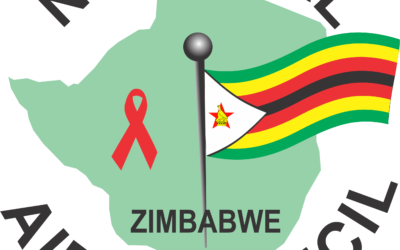
AS the Zimbabwe International Trade Fair (ZITF) revealed to this publication, it turned away several exhibitors due to lack of space during the recently held exhibition.
The limited space to accommodate exhibitors came at a time when there was a 35% increase in the number of exhibitors to 766, compared to 565 in 2023.
Of the 766 participants, 471 were direct exhibitors. The fair attracted 295 indirect exhibitors. Indirect exhibitors are those who exhibit under the banner of a country. Two hundred and eight of the total exhibitors were new exhibitors, demonstrating that excitement on Zimbabwe could be growing. And about 98% of these were foreign exhibitors.
What this shortage of space to accommodate exhibitors exposed is one of Zimbabwe’s many chronic ailments, a lack of investment by the State. Zimbabwe should not fold its hands when such important organisations are in need. Authorities must take action.
One way of solving this problem is for the government to help the ZITF Company raise the funding it requires to support its expansion programme, which was announced last week. It requires not less than US$300 million. As cotton producer, Cottco, says in another report in this edition, this is not a small amount that local banks may be willing to bankroll. The ZITF has several pivotal strengths that Zimbabwe can leverage on.
In its own small way, it is a foreign currency generator. But going by its growing influence on a global scale, its role as a marketing arm of Zimbabwe is the most important. This is why combined efforts must be made to give impetus to its expansion programme. In addition, every chance to get foreign currency for the country must be followed to help Zimbabwe achieve its upper middle-income economy status by 2030. Helping institutions like the ZITF Company can be an important part of achieving this broad vision.
Already, legal think-tank, Veritas, says this plan is already falling behind the 2030 target. This is because the country needs to reach a Gross National Income (GNI) of between US$4 466 and US$13 845 per capita.
Zimbabwe is currently hovering at less than US$1 500, which is at least three times behind the goal.
- ZITF Company launches AfriConfex
- Zim must step up to increase exports: UK
- Econet Wireless says to deploy new infrastructure and upgrade 150 sites in Bulawayo
- Thanksgiving prayers promote nation-building: Wutawunashe
Keep Reading
Veritas explained that to reach the necessary GNI numbers, major growth in the main economic sectors would have to take place — some having to double in size.
Resultantly, if the government cannot support one of the country’s biggest business events, such as ZITF, it has misplaced priorities. Commodity prices are weighing down mining and climate change is reducing agricultural output annually. This must be the time to drum up more investment inflows through organisations like ZITF.
They must be supported in every manner possible. They boost economic diversification, including in sectors like tourism, which is already showing signs it can attract bigger investments. The government needs to do more to identify investment winners. It needs to think better on this front, because without trade and investment, Zimbabwe will remain in crisis.






